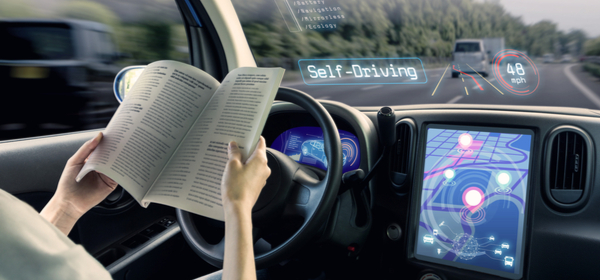Australians over the age of 75 are involved in more fatal car accidents than any other age group, according to Transport Accident Commission (TAC) Victorian statistics, but the advent of automated driving could change this.
In a review published recently by Austroads, the peak group for road transport and traffic agencies, it was predicted that the new intelligent technology had “a significant potential to reduce road crash risk and injury consequences”.
The study examined findings from a number of international and domestic reports into the likely effectiveness of Co-operative Intelligent Transport Systems (C-ITS) in cars. C-ITS includes safety-based applications such as collision avoidance and hazard detection warnings, alerts when a motorcycle, cyclist or pedestrian is approaching, and left and right-turn assist mechanisms.
The turn-assist technology was likely to reduce intersection crashes by up to 55 per cent and help avoid up to 62 per cent of right and left-turn accidents, Austroads predicted.
“European estimates suggest that C-ITS applications might yield up to a 16 per cent reduction in fatalities and nine per cent of injuries, while Austroads previous estimates suggest reductions of 23 per cent of fatalities and 28 per cent of injuries under an aggressive introduction scenario,” the group said.
Driver assistance technologies would be rolled out from 2019 in Europe, the review stated. In the United States, a proposal to make the equipment mandatory from 2021 is being considered. The next level of car safety technology, automated driving, could be in widespread use in Australia by 2024, according to Stanford University academic Tony Seba.
Under testing scenarios, driverless cars were demonstrated to be a major tool in eliminating up to half of the road trauma caused by crashes. Automated driving refers to applications that do not require driver intervention to control a vehicle, such as acceleration, braking and steering.
“The US Federal Highway Administration predicted that between 50 and 80 per cent of highway crashes could be eliminated with the introduction of automated highway systems. Automated emergency braking, for example, has been demonstrated to reduce all rear-end crashes by between 35 and 41 per cent,” the group reported.
While Australians wait for these life-saving technologies to be installed in their cars, there are some practical measures older drivers can take now to keep them safer on the road. Some states and territories have driver refresher courses for older Australians.
Each of these sites also has tips and preventative measures that drivers can take to ensure they are in the best control of their driving experience.
Would you ever ride in a driverless car? Do you think driving tests should be mandatory for senior Australians before their licences are renewed? Would you pay extra to have road safety applications installed in your car?
Related articles:
Dementia and driving
Driving and hearing loss
Automated driving can cut road toll

